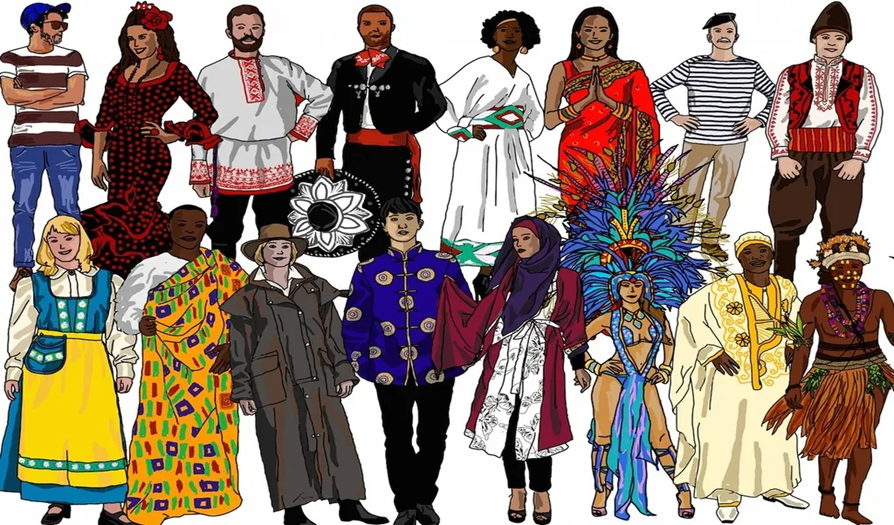The Viral Studio Ghibli-style AI art raises alarm for real artists!
- letu mokonin
- Oct 10
- 3 min read
Updated: Nov 30

Once celebrated as a source of creative inspiration, the Ghibli art style is now at the center of controversy. AI-generated art has gone viral for its near-perfect replica of Studio Ghibli’s whimsical aesthetic. Studio Ghibli, a renowned Japanese animation studio co-founded by filmmaker Hayao Miyazaki, is famous for its hand-drawn visuals and heartfelt storytelling in films like Spirited Away and My Neighbour Totoro. What began as a fan-made image has now sparked backlash from artists who argue that AI imitates the studio’s signature charm without the human creativity behind it
Miyazaki once called AI-generated art "Insult to life itself" — a statement that still resonates, as artists fight for the ethics and rights of creators.
For many artists, it’s about more than just a fun trend, their livelihoods are at stake. As AI art trends, artists are asking: where do we draw the line? worried they’re being left behind.
“It cannot replace the human need to create and to see art that is made by other people,” said Amanda Perez, a Toronto-based illustrator. “AI might be able to replicate someone’s style, but it can’t replicate why people make art.”
Amanda said she has already lost clients to AI art. She worries the industry is moving toward cutting human jobs in favour of cheaper automated labour, leaving artists behind.
“Hopefully it evolves to adapt and include people rather than exclude. However, I don’t think that’s going to happen. I think it’s going to try to cut costs”.
At Seneca College, illustration student and tattoo artist Salsaville shares concern. Growing up, she was heavily influenced by Studio Ghibli and says this current trend is disheartening.
“Studio Ghibli served as a big source of inspiration to my childhood and is one of the things that pushed me to pursue an art career. I find that it is very heartbreaking, the use of AI is replacing the jobs of real artists, real people, people with families, homes, and livelihoods.”
She says the problem is bigger than people realize. “Let’s just think about how many more people are going to lose their jobs because it’s cheaper to pay those that are not living.”
Stephen Fusaro, an animator here in Toronto, said the rise of AI is inevitable; artists need to protect themselves and adapt.
“My gut tells me we are in a space of no return,” Fusaro said. “A lot of lobbying is going to have to be done.”
AI-generated art is often based on existing human-made work, raising legal and ethical issues. Some artists have started using tools like Glaze, which adds protective layers to digital art, making it harder for AI to copy. Fusaro warns that more collective action will be necessary.
“Take the precautions necessary, do what you need to do to protect your work. As tempting as it might be to use AI for shortcuts, avoid it. Use real visuals and real references, stay far away from it.”
At the institutional level, educators are trying to balance caution with optimism. Seneca illustration professor Steven Gilbert knows that this pattern of innovation has happened many times before, and contrary to artists' fears, it has opened doors for more new creativity.
“Artists took the camera and did amazing things with it back in the 19th century,” said the professor. “Now here we are in the 21st century, and we have AI — and we have no idea what artists are going to do with it, that’s exciting!.”
Still, when AI mimics artists' work, Gilbert believes creators should be fairly compensated.
“It’s sad the artists that did all the hard work don’t get compensated for it,” he said. “ It starves the most imaginative people; artists deserve to get paid.”
As the art world continues to change, Gilbert believes true creativity can never be mimicked because it can only come from people, not machines.
“Look for the things AI can't do, bring the human into it,” he said. “Ultimately, art is communication; people want to hear other people, not machines.”

Comments